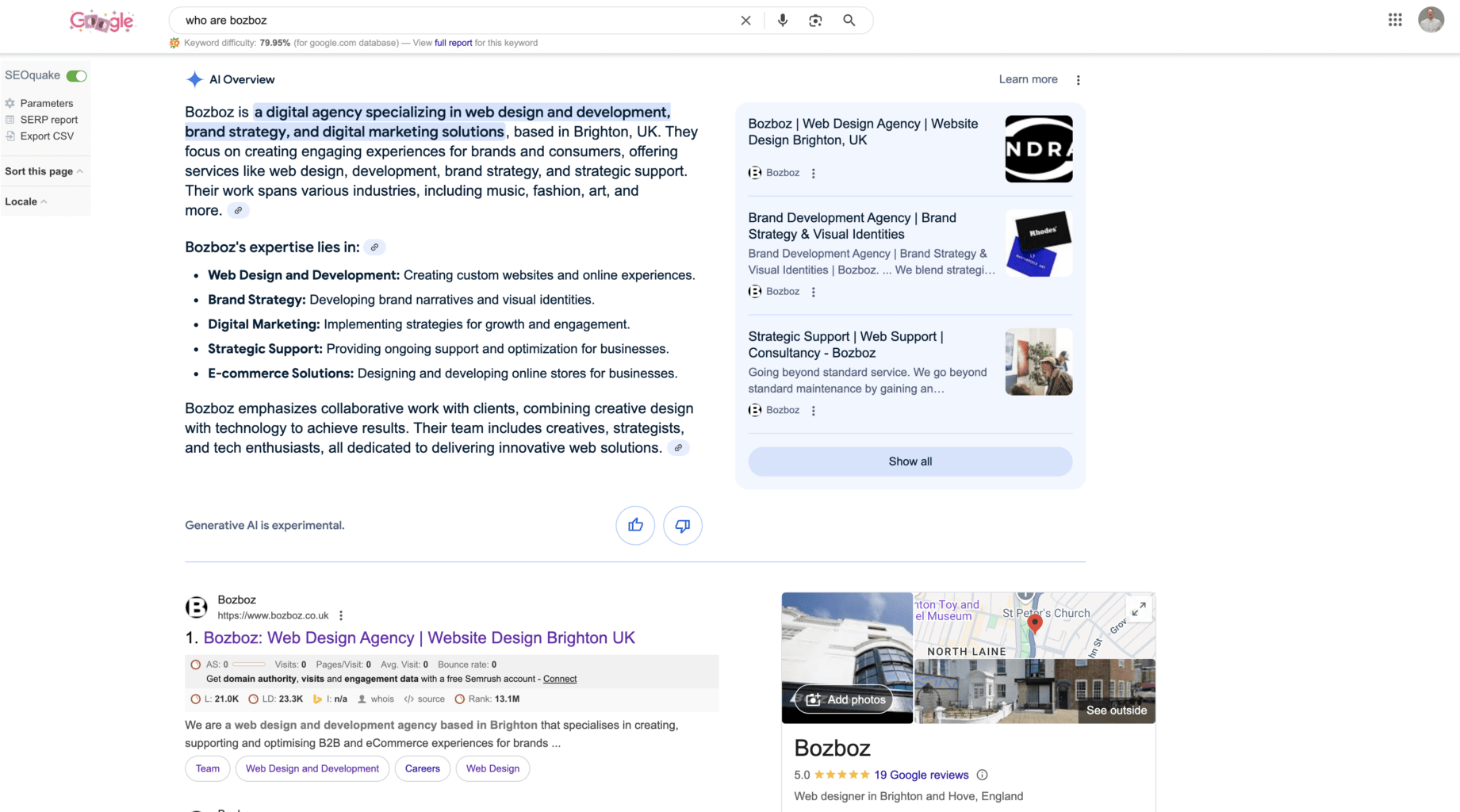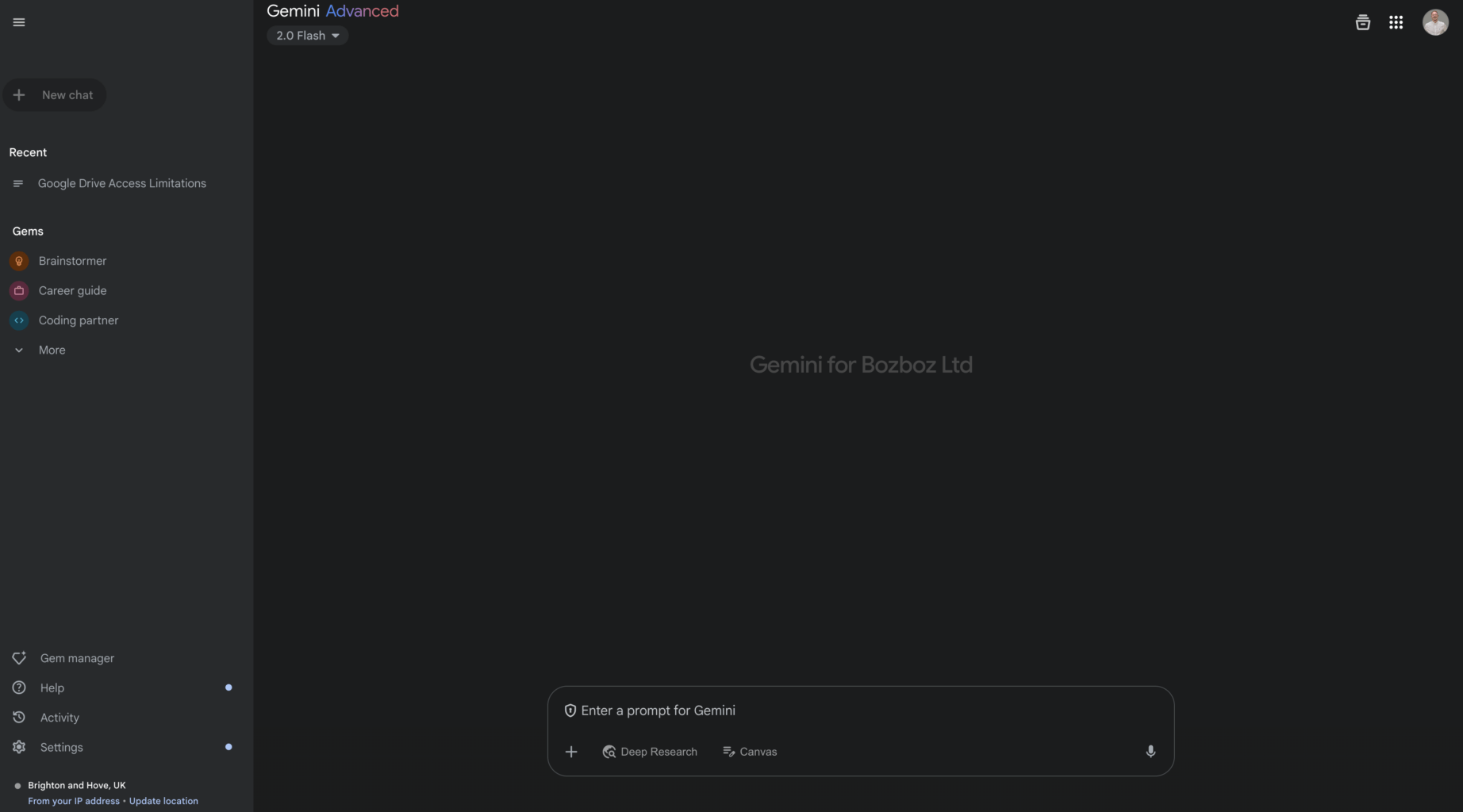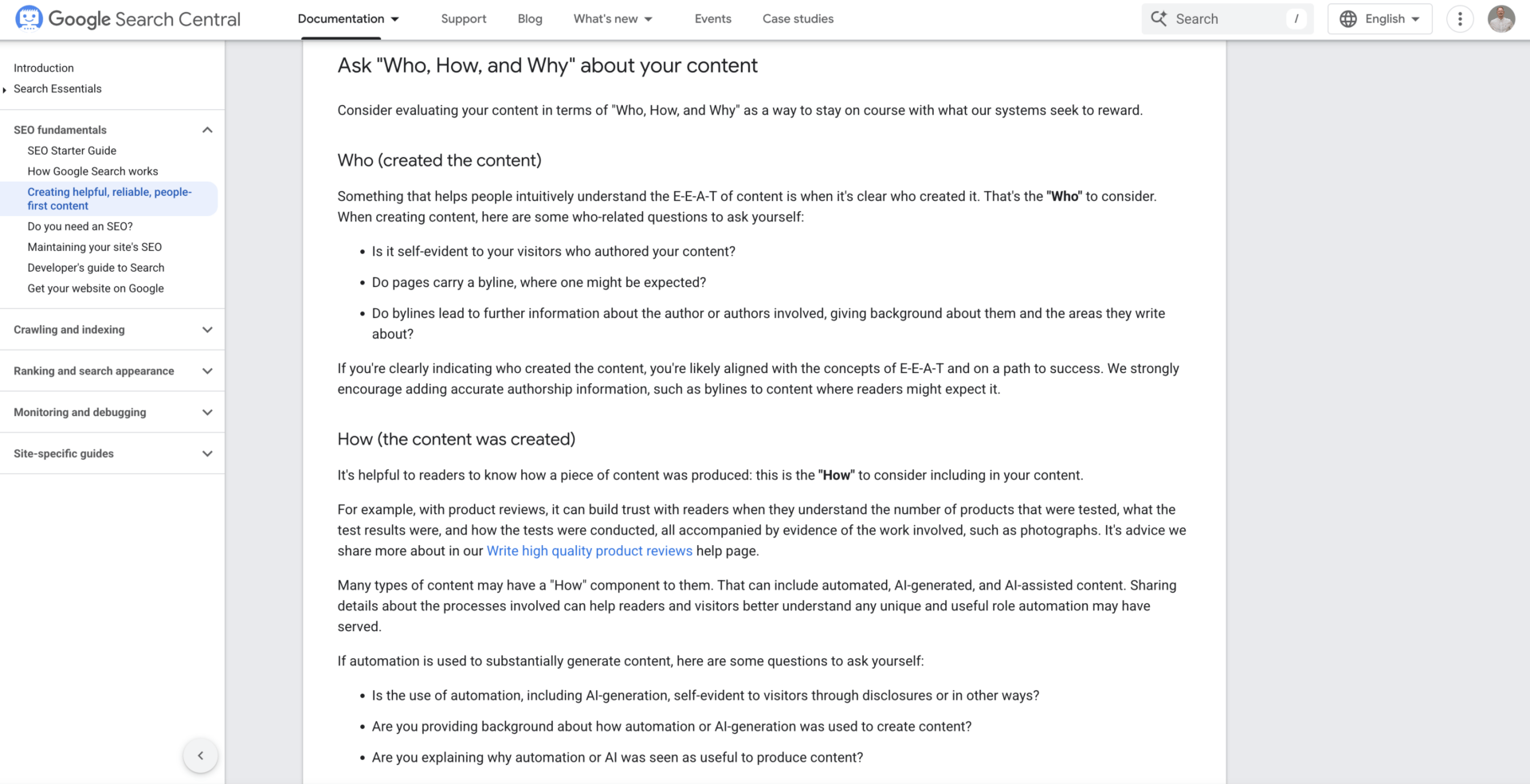

Search has changed - and probably a lot faster than any of us thought. With the rise of generative AI tools like Google’s Gemini, users are getting answers directly from AI-generated summaries, often without clicking through to a traditional search result at all.

That means lower click through rates for businesses, and potentially worse results for SEOs responsible for driving visibility. We're sharing some tips to help you stand a better chance of being seen in AI results.
For digital leaders, marketers and business owners, that shift brings a new set of questions:
The answer lies in a relatively new approach that’s rapidly gaining traction: AI Optimisation (AIO).
In this particular context, AIO stands for AI Optimisation. It’s an emerging theory that expands on traditional SEO by tailoring content for both humans and generative AI systems.
Where SEO is about getting your content ranked in search engine results pages (SERPs), AIO is about making your content the go-to answer when an AI tool generates a response.
In other words:
As more users turn to conversational search - via tools like Gemini or ChatGPT, AIO becomes an important strategy for maintaining brand visibility, credibility and influence.

Why it matters now
With AI-generated responses often appearing at the top of search results, the competition has shifted. You’re no longer just contending with rival brands - AI algorithms are citing the most relevant, trusted source of information to present to the user. People get what they need without having to trawl through several sites to find what they’re looking for.
Google’s stance on AI content
Despite the noise, Google’s position is refreshingly simple: They don’t penalise content for being AI-generated. In fact, they’ve changed their wording around this a lot over the last 12 months. What they’re really interested in is; who created the content, why the content was created and how the content was created.
The focus remains on content that demonstrates:
Collectively, this is known as E-E-A-T - with T being the most important letter. Trust is paramount.
That means AI tools can absolutely support content creation, as long as there’s human oversight, strategic intent and genuine usefulness baked in.
Poorly written, generic or automated content that adds nothing new? That’s what Google is attempting to filter out — not AI content in general.

Let’s break it down simply.
| SEO | AIO (AI Optimisation) | |
| Goal | Rank in search engine results | Be cited by generative AI tools |
| Optimised for | Google’s algorithm | AI systems like Gemini, ChatGPT, Perplexity |
| Focus | Keywords, metadata, content, link structures, technology, brand authority | Clear answers, structure, authoritativeness |
| Content format | Pages, blogs, service areas | FAQs, How-Tos, summaries, lists, topical depth |
| Success metric | Click-throughs | Inclusion in AI-generated responses |
The bottom line? These approaches overlap, but they’re not the same. And modern strategies need to account for both.
How to optimise for AI-Driven search
Whether you're running a content team or managing the site in-house, here are five things you can start doing now to stand a better chance of being seen in AI results.
Think of every page as a potential resource for humans and AI Systems. Use clear headings, bullet points, summaries and direct answers to common user queries. Do your research - find out what questions people are asking related to your products and services. Avoid waffle - AI skips it.
Schema markup (structured data) is a bit of behind-the-scenes code that helps search engines and AI tools understand what your content actually means, not just what it says - making it more likely to show up in rich results or AI-generated answers. Structured data helps AI tools understand your content. You can speak to your devs to add mark up to things like FAQs, articles, products and how-to sections. This improves both SEO and AIO simultaneously.
AI systems favour sources they deem reputable. That means clear authorship, citations, up-to-date information and visible signals of credibility like reviews, testimonials or third-party recognition. You could go as far as disclosing how you’ve used AI to support content creation - thinking back to the importance of why, who and how. For example, we’ve used AI to help us with this article - why? Because many business owners, marketers and digital leaders have asked us to share our opinion on the topic. As digital problem solvers, we need to stay up to date with current digital developments, and AI tools like Chat GPT help us access and assess a large amount of information quickly to support value added content.
Stale content gets passed over. Review your blogs, landing pages and guides regularly - especially anything that could answer a time-sensitive or trending question. There’s nothing wrong with re-visiting older content that needs a timely update. Things are changing, and refreshing out of date content with new perspectives keeps your pages interesting and engaging.
Avoid producing what already exists. Bring your own examples, perspective or voice - especially in thought leadership content. AI tools look for signals of unique value, and whilst it’s true all AI content is technically inspired from pre-existing information and data, it can be programmed / trained to understand your points of view, opinions, tone of voice, research and knowledge-base.
The brands who do well at this stuff won’t just be those who churn out the most AI content. They’ll be the ones who make themselves easy to trust and easy to cite - by humans and machines alike.
We all need to think about adapting smartly, using the right tools and keeping our content strategy tightly aligned with how people (and AIs) actually consume information now.
Most AI systems, including Google’s Gemini and tools like ChatGPT, draw from a mix of:
So, showing up means:
Keep your site fresh, trustworthy and worth referencing to stand a better chance of being seen in AI results.



If you want to showcase your offering, convert more leads, provide resources, or all of the above, we can build a website that separates you from the competition.



